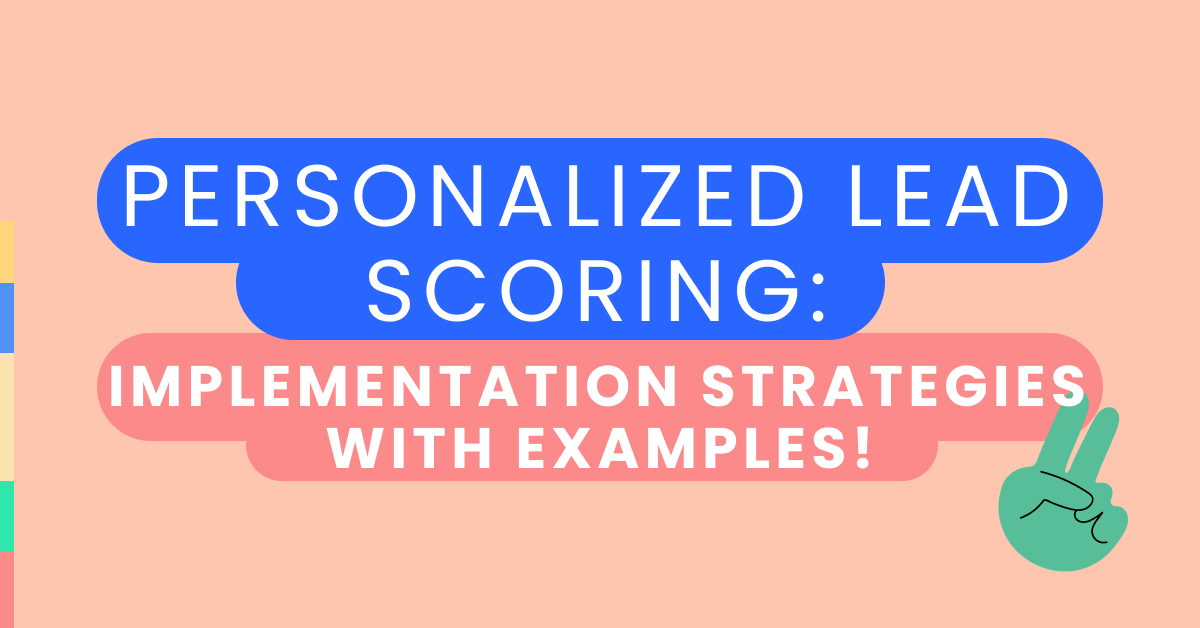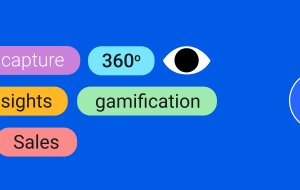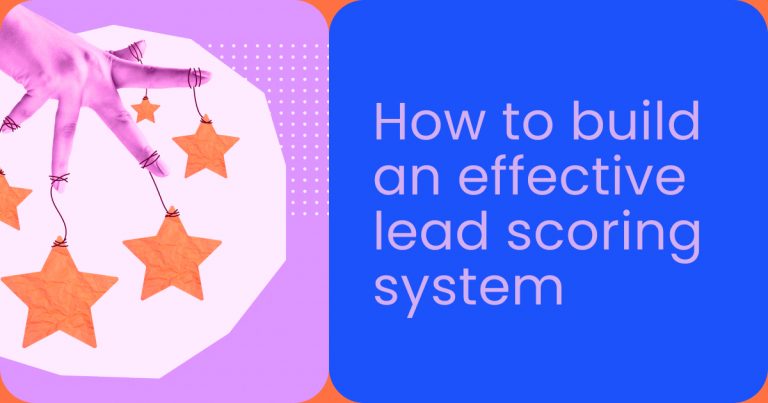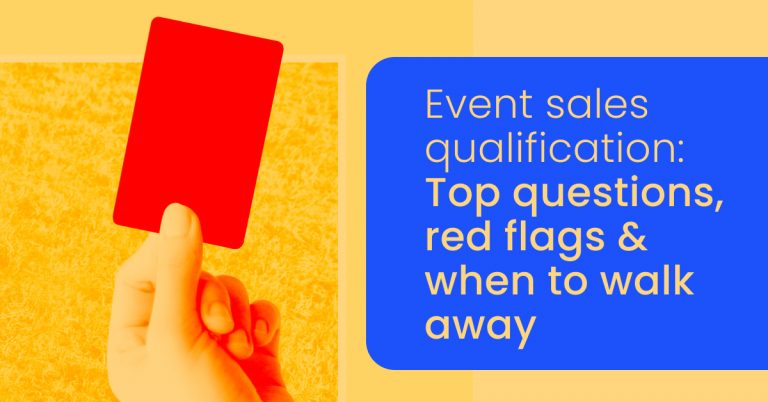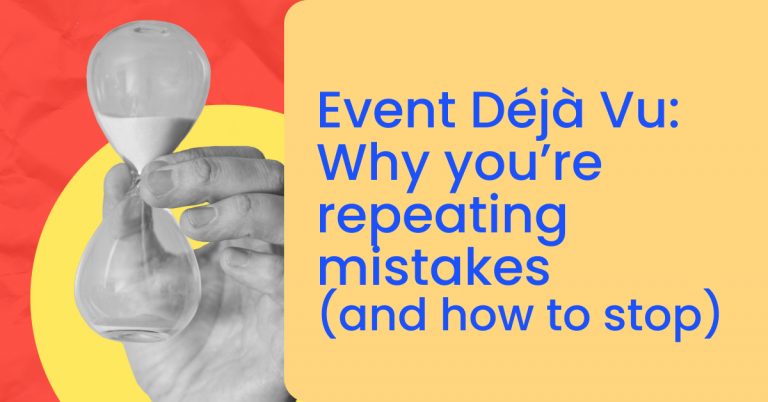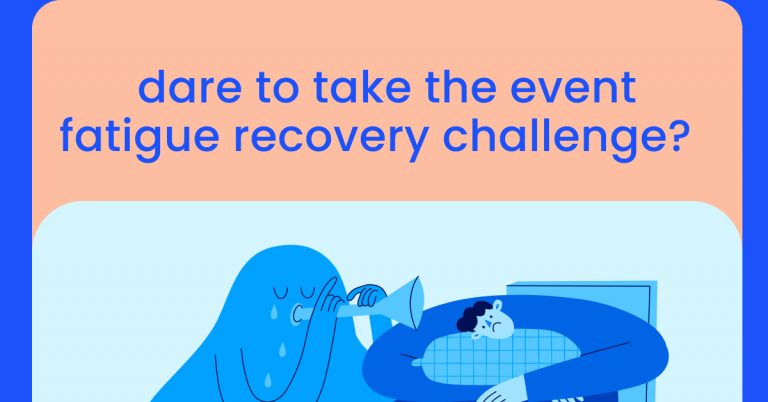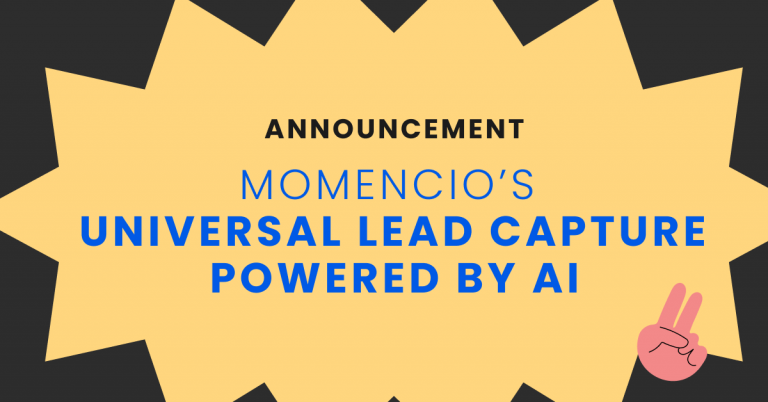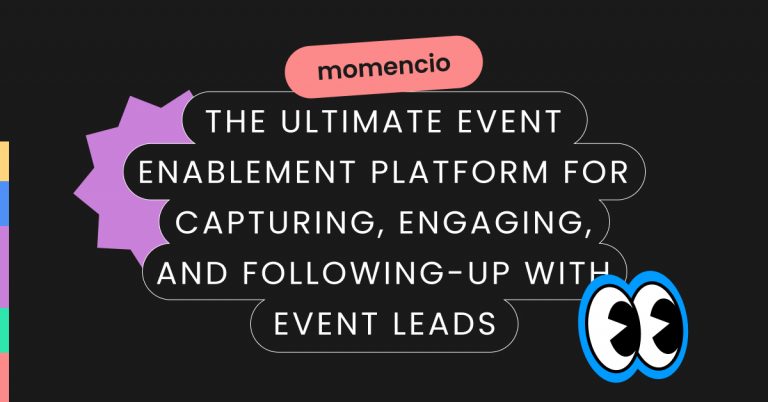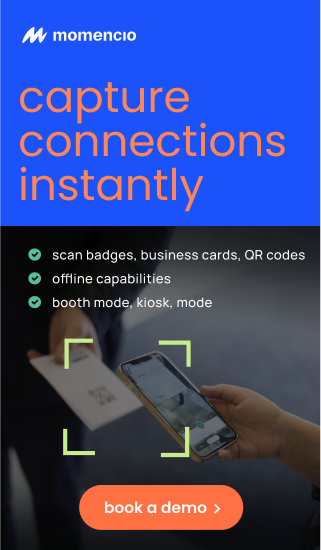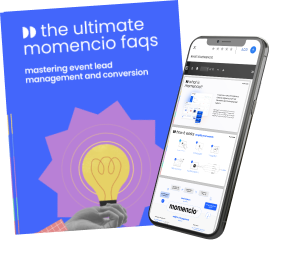Brief Overview of Personalized Lead Scoring
Personalized lead scoring is a sophisticated marketing strategy that involves evaluating and ranking potential customers (leads) based on various attributes and behaviors that indicate their likelihood to convert into paying customers; unlike traditional lead scoring, which often relies on a one-size-fits-all approach, personalized lead scoring tailors the criteria to each lead’s unique interactions and profile. This method takes into account demographic information, online behaviors, engagement with marketing content, and other relevant data points to create a comprehensive score for each lead.
By assigning scores, marketers can prioritize leads based on their readiness to purchase, ensuring that sales efforts are focused on the most promising prospects. This not only increases the efficiency of the sales process but also enhances the overall customer experience by delivering more relevant and timely communications.
Importance of Personalized Lead Scoring in Modern Marketing
In today’s competitive market, personalized lead scoring has become essential for several reasons:
- Enhanced Targeting and Efficiency: Personalized lead scoring allows businesses to identify and focus on high-potential leads, reducing wasted efforts on unqualified prospects. This ensures that marketing and sales resources are used efficiently, leading to better ROI.
- Improved Customer Engagement: By understanding and responding to each lead’s unique journey, businesses can deliver more personalized and relevant content. This increases engagement and builds stronger relationships with potential customers.
- Higher Conversion Rates: Prioritizing leads based on their likelihood to convert helps sales teams concentrate their efforts on prospects who are more likely to make a purchase, resulting in higher conversion rates.
- Better Alignment Between Sales and Marketing: Personalized lead scoring fosters better collaboration between sales and marketing teams by providing a clear and consistent method for evaluating and prioritizing leads. This alignment leads to more effective strategies and improved overall performance.
- Data-Driven Decision Making: Implementing personalized lead scoring involves analyzing a wealth of data about lead behavior and preferences. This data-driven approach enables businesses to make more informed decisions, continuously refine their strategies, and stay ahead of market trends.
Main Question Addressed: How to Effectively Implement Personalized Lead Scoring?
In this article, we will explore the practical steps and strategies needed to implement personalized lead scoring effectively. We’ll provide detailed examples of how different businesses have successfully utilized this approach, outline the essential steps to develop and refine a customized lead scoring model, and share best practices to ensure ongoing success. By the end of this guide, you’ll have a clear understanding of how to leverage personalized lead scoring to enhance your marketing efforts, improve lead prioritization, and drive higher conversion rates.
What is Personalized Lead Scoring?
Definition and Key Concepts
Personalized lead scoring is a method of evaluating and ranking potential customers based on a set of customized criteria that reflect their likelihood of converting into paying customers. This process assigns a numerical value (or score) to each lead based on various factors, including demographic information, online behavior, engagement with marketing content, and interactions with sales. The goal is to prioritize leads so that marketing and sales teams can focus their efforts on the most promising prospects.
Key concepts in personalized lead scoring include:
- Attributes: Characteristics of the lead, such as job title, company size, industry, and geographic location.
- Behaviors: Actions taken by the lead, such as visiting specific web pages, downloading content, opening emails, and attending webinars.
- Point Values: Numerical values assigned to each attribute and behavior based on their importance in predicting lead conversion.
- Thresholds: Scores that determine the lead’s qualification status (e.g., marketing-qualified lead (MQL) or sales-qualified lead (SQL)).
Differences Between Traditional and Personalized Lead Scoring
While traditional lead scoring often applies a uniform set of criteria to all leads, personalized lead scoring tailors the requirements to each lead’s unique interactions and profile. Here are some key differences:
- Traditional Lead Scoring:
- Uses a fixed set of criteria for all leads.
- Often relies on basic demographic information and generic behavior metrics.
- It may need to account for the nuances of individual-led lead interactions.
- Personalized Lead Scoring:
- Customizes scoring criteria based on specific attributes and behaviors relevant to each lead.
- Incorporates a broader range of data points, including detailed behavior tracking and engagement metrics.
- Adapts to changes in lead behavior and market conditions, allowing for more dynamic and accurate scoring.
Benefits of Personalized Lead Scoring
- Improved Lead Prioritization: Personalized lead scoring helps identify which leads are most likely to convert, allowing sales teams to prioritize their efforts on high-potential prospects. This ensures that resources are used efficiently and effectively.
- Enhanced Customer Engagement: By tailoring marketing efforts to the specific interests and behaviors of each lead, businesses can deliver more relevant and personalized content. This increases engagement and builds stronger relationships with potential customers.
- Higher Conversion Rates: Focusing on leads with a higher likelihood of conversion leads to better sales outcomes. Personalized lead scoring enables more targeted follow-ups and interactions, resulting in higher conversion rates.
- Better Sales and Marketing Alignment: Personalized lead scoring provides a clear and consistent method for evaluating leads, fostering better collaboration between sales and marketing teams. This alignment leads to more effective strategies and improved overall performance.
- Data-Driven Insights: The process of personalized lead scoring involves collecting and analyzing a wealth of data about lead behavior and preferences. This data-driven approach enables businesses to make more informed decisions, continuously refine their strategies, and stay ahead of market trends.
Read more about the power of lead scoring in managing multi-channel event marketing efforts.
Effective Examples of Personalized Lead Scoring
To illustrate the practical application of personalized lead scoring, let’s explore some real-world examples of how different businesses have successfully utilized this approach.
Example 1: B2B Software Company
A B2B software company implemented personalized lead scoring to improve their sales efficiency. They assigned points based on factors such as job title, company size, industry, and engagement with their product demos and webinars. High-scoring leads were prioritized for direct sales outreach while lower-scoring leads were nurtured with targeted email campaigns. This approach resulted in a 30% increase in conversion rates and a shorter sales cycle.
Example 2: E-commerce Business
An e-commerce business used personalized lead scoring to enhance its customer engagement. They scored leads based on browsing behavior, past purchases, and interactions with promotional emails. Customers who frequently visited product pages and engaged with email offers received higher scores. These leads were targeted with personalized product recommendations and exclusive discounts, leading to a 20% increase in repeat purchases.
Example 3: Event Management Firm
An event management firm leveraged lead scoring to optimize their event follow-ups. They assigned points based on event attendance, participation in sessions, and engagement with post-event surveys. High-scoring attendees were given priority for follow-up meetings and exclusive content, resulting in stronger client relationships and higher event ROI.
For a comprehensive look at momencio’s lead scoring capabilities, explore our detailed article on advanced lead scoring mechanisms: how momencio prioritizes and enhances lead engagement.
Steps to Implement Personalized Lead Scoring
Implementing personalized lead scoring involves several crucial steps. Here’s a detailed guide to help you create an effective lead scoring model tailored to your business needs.
Step 1: Define Your Ideal Customer Profile (ICP)
The first step in personalized lead scoring is to define your Ideal Customer Profile (ICP). This involves identifying the key characteristics and demographics of your most valuable customers.
- Identify Key Characteristics:
- Demographics: Consider factors like age, gender, job title, company size, industry, and geographic location.
- Firmographics: For B2B companies, focus on firm-specific attributes such as company size, annual revenue, and industry sector.
- Behavioral Traits: Look at the behavior patterns of your best customers, such as purchase history, content consumption habits, and engagement levels.
- Use Data to Refine Your ICP:
- Analyze your existing customer data to identify common attributes of high-value customers.
- Use CRM and marketing analytics tools to gather insights and refine your ICP.
Step 2: Identify Key Behaviors and Attributes
Next, determine the behaviors and attributes that indicate a lead’s likelihood to convert. These should align with your sales and marketing goals.
- Understanding Customer Journey Stages:
- Map out the typical customer journey from initial contact to conversion.
- Identify critical touchpoints where leads interact with your brand.
- Mapping Behaviors to Lead Scores:
- Assign scores to behaviors such as website visits, content downloads, email opens, social media interactions, and event participation.
- Consider both explicit data (demographic information) and implicit data (behavioral insights).
Step 3: Assign Point Values
Assign point values to each behavior and attribute identified in the previous step. This step is crucial for creating a scoring system that accurately reflects lead quality.
- Creating a Scoring System:
- Develop a points system where each interaction or attribute is given a specific value.
- Ensure that higher-value actions, such as attending a product demo or requesting a quote, are weighted more heavily.
- Weighting Different Behaviors and Attributes:
- Balance the scores to reflect the actual value of each action.
- Regularly review and adjust the weights to ensure accuracy.
Step 4: Integrate with CRM and Marketing Automation Tools
To ensure seamless data flow and synchronization, integrate your lead scoring model with your CRM and marketing automation tools.
- Choosing the Right Tools:
- Select CRM and marketing automation platforms that support lead scoring, such as Salesforce, HubSpot, Marketo, or Pardot.
- Ensure the tools can integrate for real-time data updates.
- Ensuring Seamless Data Flow:
- Set up workflows to automatically update lead scores based on real-time interactions.
- Ensure that sales and marketing teams have access to up-to-date lead scores.
Step 5: Test and Refine Your Model
Regularly test and refine your lead scoring model to ensure its effectiveness.
- Setting Up Initial Tests:
- Conduct pilot tests to evaluate the accuracy of your lead scoring model.
- Collect feedback from sales and marketing teams on the quality of scored leads.
- Analyzing Results and Making Adjustments:
- Use analytics tools to track the performance of your lead scoring model.
- Make data-driven adjustments to improve accuracy and effectiveness.
- Continuous Optimization Strategies:
- Regularly update your scoring criteria based on new data and market conditions.
- Stay informed about industry trends and best practices to keep your model current.
Best Practices for Personalized Lead Scoring
To maximize the effectiveness of your personalized lead scoring efforts, follow these best practices:
Regularly Update Scoring Criteria
- Importance of Staying Current:
- Market conditions and customer behaviors change over time. Regularly updating your scoring criteria ensures that your model remains relevant and accurate.
- How to Update and Refine Criteria Effectively:
- Set a schedule for periodic reviews of your lead scoring model.
- Involve both sales and marketing teams in the review process to gather diverse insights.
Align Sales and Marketing Teams
- Benefits of Alignment:
- Aligning sales and marketing teams ensures a consistent approach to lead management.
- Improved communication and collaboration lead to more effective strategies and better results.
- Strategies to Foster Collaboration and Communication:
- Hold regular meetings between sales and marketing teams to discuss lead scoring and management.
- Use collaborative tools and platforms to share insights and feedback.
Use Data Analytics for Continuous Improvement
- Leveraging Analytics for Insights:
- Use data analytics to monitor the performance of your lead scoring model.
- Identify trends and patterns that can help refine your scoring criteria.
- Tools and Techniques for Data-Driven Decision-Making:
- Implement advanced analytics tools to gain deeper insights into lead behavior.
- Use predictive analytics to anticipate future trends and adjust your strategy accordingly.
Check out 5 Tips: Developing effective lead scoring criteria for event leads
Advanced Techniques in Personalized Lead Scoring
To take your personalized lead scoring efforts to the next level, consider incorporating advanced techniques. These methods leverage cutting-edge technologies and data insights to enhance the accuracy and effectiveness of your lead scoring model.
Incorporating AI and Machine Learning
How AI Can Enhance Lead Scoring Accuracy:
-
- AI and machine learning algorithms can analyze vast amounts of data to identify patterns and correlations that might not be apparent through manual analysis.
- These technologies can continuously learn and adapt based on new data, improving the accuracy of lead scores over time.
Using Behavioral Data for Deeper Insights
- Types of Behavioral Data to Consider:
- Website Interactions: Page visits, time spent on the site, click-through rates, and content downloads.
- Email Engagement: Open rates, click-through rates, and responses.
- Social Media Activity: Likes, shares, comments, and mentions.
- Event Participation: Webinar attendance, event registrations, and session participation.
- How to Integrate Behavioral Insights into Lead Scoring:
- Track and analyze behavioral data using analytics tools and integrate this data into your lead scoring model.
- Assign higher scores to leads exhibiting behaviors indicative of high intent, such as repeated visits to pricing pages or frequent engagement with marketing emails.
Segmenting Leads for More Targeted Marketing
- Importance of Segmentation:
- Segmenting leads based on their scores and attributes allows for more targeted and personalized marketing efforts.
- Segmentation helps tailor messaging and offers to the specific needs and interests of different lead groups.
- Techniques for Effective Lead Segmentation:
- Demographic Segmentation: Group leads based on demographic factors such as age, gender, job title, and location.
- Behavioral Segmentation: Segment leads according to their online behaviors and interactions with your brand.
- Psychographic Segmentation: Consider leads’ interests, values, and lifestyle choices to create more personalized marketing campaigns.
Practical Examples for Event Marketers Implementing Lead Scoring
Example 1: Implementing Lead Scoring for a Trade Show
Context: An event marketer for a B2B technology company is preparing for an upcoming trade show. The goal is to capture and prioritize leads to follow up with after the event.
Steps:
- Define Your Ideal Customer Profile (ICP):
- Industry: Technology, Manufacturing, Healthcare
- Job Titles: CIO, IT Manager, Operations Manager
- Company Size: 200+ employees
- Geographic Location: North America
- Identify Key Behaviors and Attributes:
- Booth Visit: +10 points
- Attended Product Demo: +20 points
- Engaged in Conversation with Sales Rep: +15 points
- Scanned Badge: +5 points
- Completed Event Survey: +10 points
- Assign Point Values:
- Booth Visit: +10 points
- Attended Product Demo: +20 points
- Engaged in Conversation with Sales Rep: +15 points
- Scanned Badge: +5 points
- Completed Event Survey: +10 points
- Integrate with CRM and Marketing Automation Tools:
- CRM Tool: Salesforce
- Marketing Automation Tool: HubSpot
- Set up integrations to ensure lead scores are updated in real time based on their interactions at the event.
- Test and Refine Your Model:
- Initial Test: Conduct a pilot at the trade show to collect data and test the lead scoring model.
- Feedback: Gather feedback from sales and marketing teams about the quality of the leads and their scores.
- Refine: Adjust the scoring criteria based on feedback and performance data.
- Follow-Up Strategy:
- High-Scoring Leads: Immediate follow-up with a personalized email and a call from a sales representative.
- Medium-Scoring Leads: Nurture with a series of follow-up emails containing additional resources and invitations to future events.
- Low-Scoring Leads: Add to a long-term nurture campaign with periodic updates and content.
Example 2: Implementing Lead Scoring for a Virtual Event
Context: An event marketer for an educational software company is hosting a virtual conference. The objective is to capture and prioritize leads to convert them into customers post-event.
Steps:
- Define Your Ideal Customer Profile (ICP):
- Industry: Education, EdTech, Training & Development
- Job Titles: School Administrator, IT Director, Curriculum Developer
- Organization Size: 500+ students or employees
- Geographic Location: United States, Canada, Europe
- Identify Key Behaviors and Attributes:
- Registered for Event: +5 points
- Attended Live Sessions: +10 points per session
- Downloaded Resources: +10 points per resource
- Participated in Q&A: +15 points
- Completed Post-Event Survey: +20 points
- Assign Point Values:
- Registered for Event: +5 points
- Attended Live Sessions: +10 points per session
- Downloaded Resources: +10 points per resource
- Participated in Q&A: +15 points
- Completed Post-Event Survey: +20 points
- Integrate with CRM and Marketing Automation Tools:
- CRM Tool: HubSpot
- Marketing Automation Tool: Marketo
- Ensure integration for real-time updates on lead scores based on virtual event interactions.
- Test and Refine Your Model:
- Initial Test: Run a lead scoring pilot during the virtual conference to gather initial data.
- Feedback: Collect feedback from event and sales teams regarding the accuracy of the lead scores.
- Refine: Make necessary adjustments to the scoring model based on feedback and performance analysis.
- Follow-Up Strategy:
- High-Scoring Leads: Personalized follow-up email with a demo request link and a call from a sales rep.
- Medium-Scoring Leads: Series of nurturing emails with educational content and case studies.
- Low-Scoring Leads: Add to a drip campaign with periodic updates on product features and upcoming events.
Best Practices for Event Marketers New to Lead Scoring
- Start Simple:
- Begin with a basic lead scoring model. Use a few key attributes and behaviors to assign scores and gradually refine the model as you gather more data.
- Use Available Tools:
- Leverage CRM and marketing automation tools to automate the scoring process. Tools like Salesforce, HubSpot, and Marketo can simplify data integration and score calculation.
- Collaborate with Sales:
- Work closely with your sales team to ensure that the scoring criteria align with their experience and feedback. Regularly update them on lead scores and gather their input on lead quality.
- Continuous Improvement:
- Regularly review and adjust your lead scoring model based on data insights and feedback. Stay updated on best practices and new trends in lead scoring.
- Train Your Team:
- Provide training to your marketing and sales teams on how to use the lead scoring system effectively. Ensure they understand the scoring criteria and how to interpret lead scores.
By following these practical examples and steps, event marketers new to lead scoring can effectively implement and utilize this powerful strategy to enhance their marketing efforts, prioritize leads, and drive higher conversion rates.
Benefits of Personalized Lead Scoring
Personalized lead scoring offers numerous advantages that can significantly enhance your marketing and sales efforts.
Improved Lead Prioritization
- How Prioritization Enhances Efficiency:
- By focusing on high-potential leads, sales teams can allocate their resources more effectively, resulting in better time management and higher productivity.
- Prioritizing leads ensures that sales efforts are directed toward prospects with the highest likelihood of conversion.
- Case Studies Demonstrating Improved Prioritization:
- Company A: Improved their conversion rate by 25% after implementing personalized lead scoring, allowing their sales team to focus on leads most likely to convert.
- Company B: Reduced their sales cycle length by 30% by prioritizing high-scoring leads for immediate follow-up.
Enhanced Customer Engagement
- Personalization Techniques That Boost Engagement:
- Use personalized email campaigns that address leads by name and reference their specific interests and behaviors.
- Implement dynamic website content that changes based on the lead’s profile and interactions with your site.
- Metrics to Measure Engagement Improvement:
- Track email open and click-through rates to gauge the effectiveness of personalized email campaigns.
- Monitor website analytics to see how personalized content impacts lead engagement and interaction.
Higher Conversion Rates
- Examples of Increased Conversion Rates Through Lead Scoring:
- E-commerce Business: Saw a 20% increase in repeat purchases by targeting high-scoring leads with personalized product recommendations and exclusive offers.
- B2B Software Company: Achieved a 30% increase in conversion rates by focusing sales efforts on leads with high engagement scores.
- Strategies to Sustain High Conversion Rates:
- Continuously refine your lead scoring model to ensure it remains accurate and relevant.
- Maintain strong alignment between sales and marketing teams to ensure consistent follow-up and nurturing of high-scoring leads.
Challenges and Solutions in Implementing Lead Scoring
Implementing personalized lead scoring can come with its own set of challenges. Here are common obstacles and solutions to overcome them.
Common Challenges
- Data Quality and Integration:
- Ensuring the accuracy and completeness of data can be challenging, especially when integrating multiple data sources.
- Solution: Implement robust data management practices and use tools that facilitate seamless data integration and cleansing.
- Sales and Marketing Alignment:
- Misalignment between sales and marketing teams can hinder the effectiveness of lead scoring.
- Solution: Foster collaboration through regular meetings, shared goals, and integrated tools that provide transparency and alignment.
- Keeping Scoring Criteria Up-to-Date:
- Market conditions and customer behaviors change over time, making it necessary to update scoring criteria regularly.
- Solution: Establish a routine review process to update and refine your lead scoring model based on new data and feedback.
Solutions and Best Practices
- Proven Solutions for Successful Implementation:
- Start small by piloting your lead scoring model with a specific segment before rolling it out company-wide.
- Use feedback from initial tests to make necessary adjustments and improvements.
- Tips from Industry Experts:
- Engage with industry experts and thought leaders to stay updated on best practices and new trends in lead scoring.
- Participate in webinars, conferences, and training sessions to continuously enhance your knowledge and skills.
Conclusion
Personalized lead scoring is a powerful tool that can significantly enhance your marketing and sales efforts by enabling more effective lead prioritization, improved customer engagement, and higher conversion rates. By understanding and implementing the advanced techniques and best practices outlined in this guide, you can create a robust lead scoring model that drives better business outcomes.
Ready to take your lead scoring strategy to the next level? Discover how momencio can help you implement personalized lead scoring to maximize your marketing ROI. Book a demo today!
If you want to know more about momencio and what it does, we answer all the important questions in a free ebook. Download it here
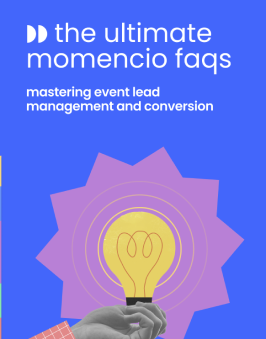
Interesting Facts from Research
- Increased Efficiency: Companies using lead scoring see a 77% increase in lead generation ROI.
- Higher Engagement: Personalized emails improve click-through rates by an average of 14% and conversion rates by 10%.
- Sales Alignment: Businesses with solid sales and marketing alignment achieve a 20% annual growth rate.
FAQs
- What is personalized lead scoring?
Personalized lead scoring involves assigning numerical values to leads based on their behaviors and attributes, such as demographic information, engagement with marketing content, and interactions with sales. This tailored approach helps prioritize leads based on their likelihood to convert into paying customers, allowing for more targeted and efficient marketing efforts.
- How do I create a lead scoring model?
Creating a lead scoring model involves several steps:
- Define Your Ideal Customer Profile (ICP): Identify the key characteristics of your best customers, such as job title, company size, industry, and location.
- Identify Key Behaviors and Attributes: Determine which actions and traits indicate a lead’s readiness to buy, such as website visits, content downloads, and email engagement.
- Assign Point Values: Develop a points system where each interaction or attribute is given a specific value. Weight higher-value actions more heavily.
- Integrate with CRM and Marketing Automation Tools: Use platforms like Salesforce, HubSpot, or Marketo to update lead scores based on real-time data automatically.
- Test and Refine Your Model: Conduct pilot tests, gather feedback, and continuously optimize your scoring criteria based on performance data.
- Why is lead scoring important?
Lead scoring is crucial for several reasons:
- Prioritization: Helps sales teams focus on high-potential leads, improving efficiency and productivity.
- Personalization: Enables more relevant and timely marketing communications, enhancing customer engagement.
- Alignment: Fosters better collaboration between sales and marketing teams by providing a consistent method for evaluating leads.
- Data-Driven Decisions: Allows businesses to make informed decisions based on lead behavior and attributes, leading to improved ROI.
- How can I improve my lead scoring accuracy?
To improve lead scoring accuracy:
- Regularly Update Scoring Criteria: Ensure your scoring model reflects current market conditions and lead behaviors by periodically reviewing and adjusting the criteria.
- Align Sales and Marketing Teams: Foster collaboration between sales and marketing to ensure scoring criteria are accurate and relevant.
- Use Data Analytics: Leverage analytics tools to monitor lead behavior and scoring performance. Use insights to refine your scoring model.
- Incorporate AI and Machine Learning: Utilize AI-driven tools to analyze data and continuously improve scoring accuracy based on evolving patterns.
- What tools can help with lead scoring?
Several tools can assist with lead scoring:
- CRM Systems: Salesforce, HubSpot, and Zoho CRM offer robust lead-scoring functionalities.
- Marketing Automation Platforms: Marketo, Pardot, and ActiveCampaign provide advanced lead-scoring features.
- AI and Analytics Tools: Platforms like Infer and EverString use AI to enhance lead scoring accuracy by analyzing vast amounts of data.
- How do I integrate lead scoring with my existing CRM?
Integrating lead scoring with your CRM involves:
- Choosing Compatible Tools: Ensure your CRM system is compatible with your lead scoring and marketing automation tools.
- Setting Up Data Sync: Configure integrations to allow real-time data flow between your lead scoring model and CRM.
- Automating Updates: Use workflows and automation features to keep lead scores updated based on the latest interactions and data.
- Training Your Team: Ensure your sales and marketing teams understand how to use the integrated system and interpret lead scores.
- How often should I review and update my lead scoring model?
Review and update your lead scoring model regularly, at least quarterly. More frequent reviews may be necessary if you notice significant changes in lead behavior or market conditions. Regular updates ensure that your scoring model remains accurate and relevant, helping you effectively prioritize leads and improve conversion rates.
- Can lead scoring be used for both B2B and B2C businesses?
Yes, lead scoring can be adapted for both B2B and B2C businesses. While the specific criteria and behaviors tracked may differ, the core principles remain the same. For B2B, lead scoring often focuses on company-related attributes and professional behaviors, while B2C lead scoring may emphasize individual behaviors and personal demographics.
- What are some common pitfalls to avoid in lead scoring?
Common pitfalls in lead scoring include:
- Overcomplicating the Model: Keep your lead scoring model simple and focused on the most critical attributes and behaviors.
- Ignoring Data Quality: Ensure your data is accurate and up-to-date, as good data quality can lead to accurate scores.
- Lack of Collaboration: Please align sales and marketing teams to avoid misaligned criteria and ineffective scoring.
- Static Scoring Criteria: Regularly update your scoring model to reflect changing market conditions and lead behaviors.
- How do I measure the success of my lead scoring efforts?
Measure the success of your lead scoring efforts by tracking key performance indicators (KPIs) such as:
- Lead Conversion Rate: The percentage of leads that convert into customers.
- Lead Engagement Score: Metrics such as email open rates, click-through rates, and website interactions.
- Customer Acquisition Cost (CAC): The total cost of acquiring a new customer.
- Customer Lifetime Value (CLV): The total revenue expected from a customer over their lifetime.
- Sales Cycle Length: The average time it takes for a lead to become a customer.
- Return on Marketing Investment (ROMI): The revenue generated from marketing efforts relative to the cost.
